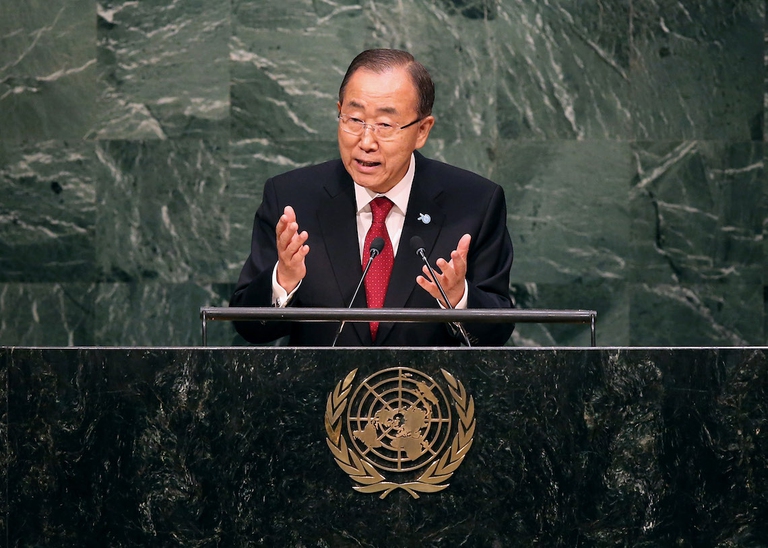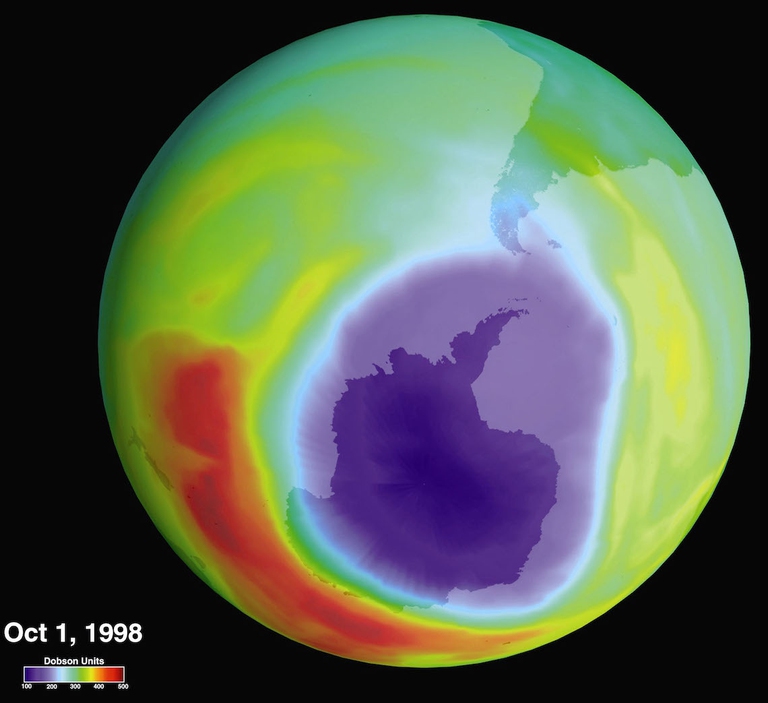
South African court dismisses a major lawsuit by 140,000 Zambian women and children against Anglo American for Kabwe lead poisoning. A setback for affected communities enduring the lasting impact of lead contamination.
The International Day for the Preservation of the Ozone Layer commemorates the date of the signing of the Montreal Protocol. An environmental success for the international community.
Today is the International Day for the Protection of the Ozone Layer, which protects the Earth and the living beings that inhabit it from the UV rays of the sun. 16 September was chosen by the United Nations General Assembly because it is also the date when the Montreal Protocol was approved and signed by the international community in 1987 in order to adopt policies that promote the restoration of the ozone layer above Antarctica.
“On this International Day for the Preservation of the Ozone Layer – said UN Secretary-General Ban Ki-moon – let us remember how much has already been accomplished, and commit to do more to protect our atmosphere. By working together, we can build a safer, healthier, more prosperous and resilient world for all people while protecting our planet, our only home”.
The adoption of the Montreal Protocol was a remarkable success for the entire world. The hole in the ozone layer of our planet, which extends from about 20 to 40 km above the Earth’s surface, appears to have shrunk by at least 4 million square kilometres compared to 2000 levels.
A study published in July 2016 by the American journal Science and conducted in September 2015 confirms it. The analysis highlights the considerable impact of this phenomenon: the portion of layer that has recovered over the past 15 years is the size the United States.
This was possible thanks to the fact that chlorofluorocarbons (CFC) emitted by human activities into the atmosphere are decreasing by 10-15 percent compared to the levels of the early ‘90s. This was also confirmed in the latest four-year report written by the World Metereological Organisation and the United Nations Environment Programme.
“The phaseout of controlled uses of ozone depleting substances and the related reductions have not only helped protect the ozone layer for this and future generations – the United Nations said – but have also contributed significantly to global efforts to address climate change; furthermore, it has protected human health and ecosystems”.
Siamo anche su WhatsApp. Segui il canale ufficiale LifeGate per restare aggiornata, aggiornato sulle ultime notizie e sulle nostre attività.
![]()
Quest'opera è distribuita con Licenza Creative Commons Attribuzione - Non commerciale - Non opere derivate 4.0 Internazionale.
South African court dismisses a major lawsuit by 140,000 Zambian women and children against Anglo American for Kabwe lead poisoning. A setback for affected communities enduring the lasting impact of lead contamination.
Controversial African land deals by Blue Carbon face skepticism regarding their environmental impact and doubts about the company’s track record, raising concerns about potential divergence from authentic environmental initiatives.
Majuli, the world’s largest river island in Assam State of India is quickly disappearing into the Brahmaputra river due to soil erosion.
Food imported into the EU aren’t subject to the same production standards as European food. The introduction of mirror clauses would ensure reciprocity while also encouraging the agroecological transition.
Sikkim is a hilly State in north-east India. Surrounded by villages that attracts outsiders thanks to its soothing calmness and natural beauty.
Sikkim, one of the smallest states in India has made it mandatory for new mothers to plant saplings and protect them like their children to save environment
Chilekwa Mumba is a Zambian is an environmental activist and community organizer. He is known for having organized a successful lawsuit against UK-based mining companies.
What led to the Fukushima water release, and what are the impacts of one of the most controversial decisions of the post-nuclear disaster clean-up effort?
Nzambi Matee is a Kenyan engineer who produces sustainable low-cost construction materials made of recycled plastic waste with the aim of addressing plastic pollution and affordable housing.









